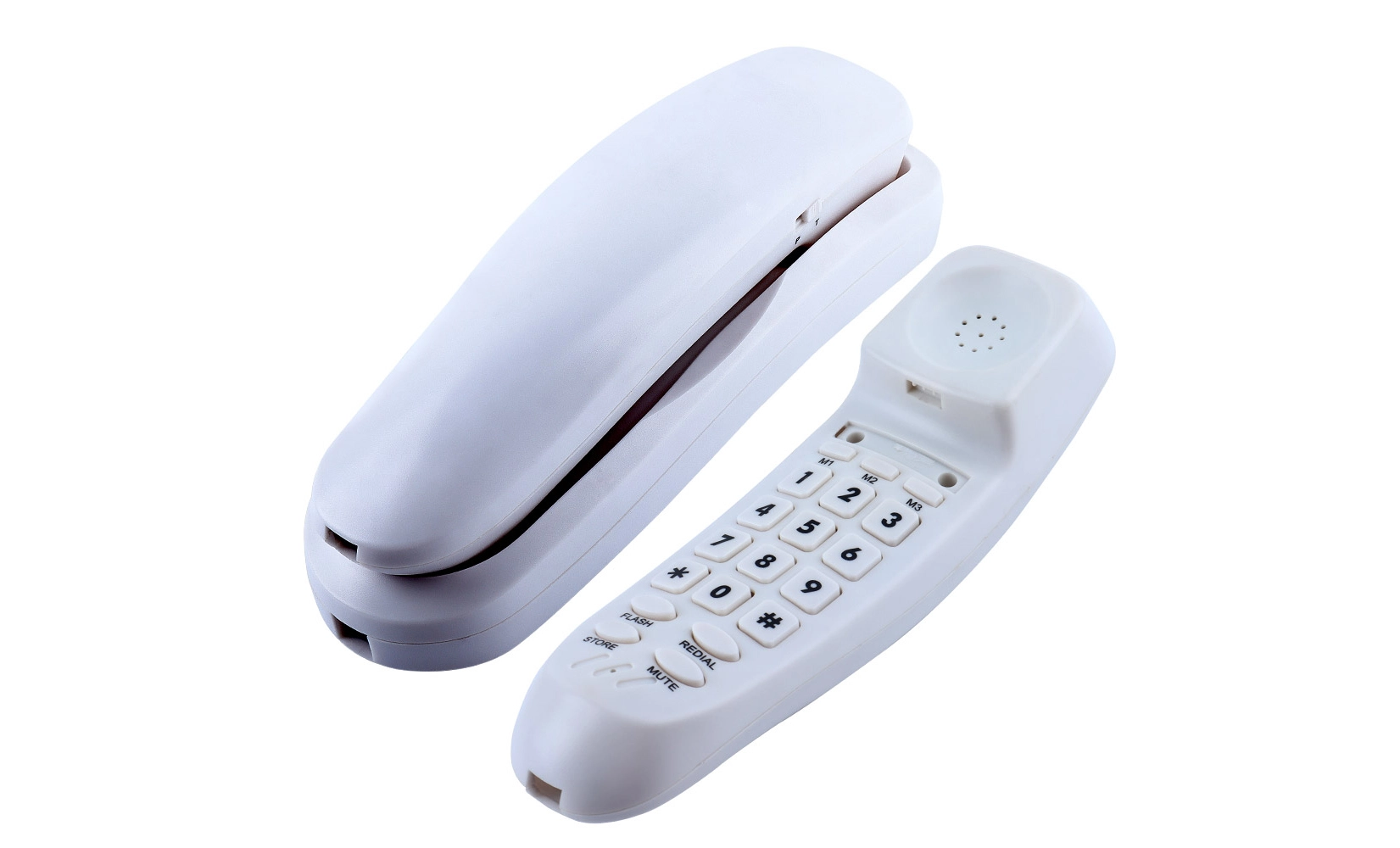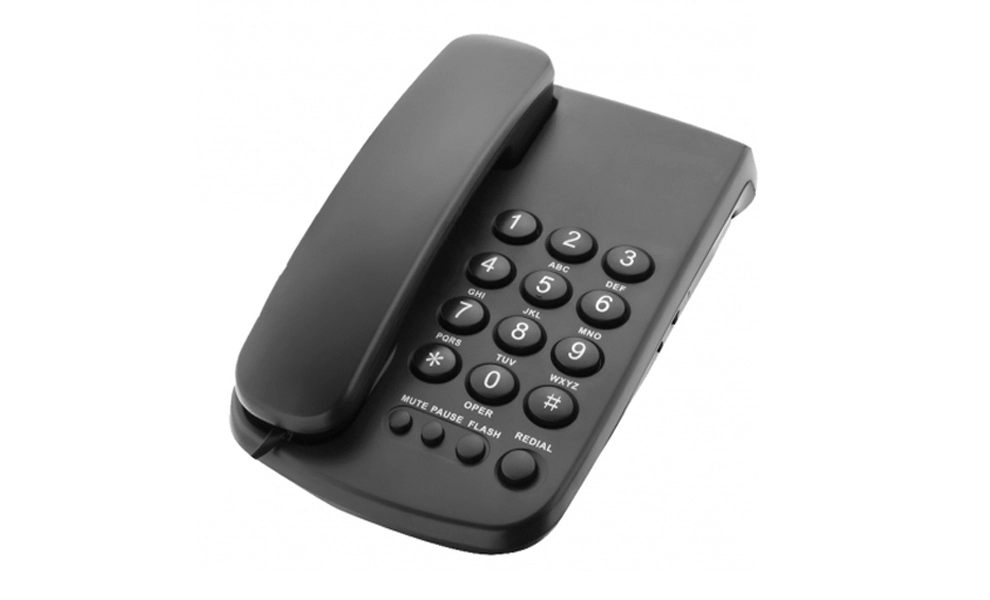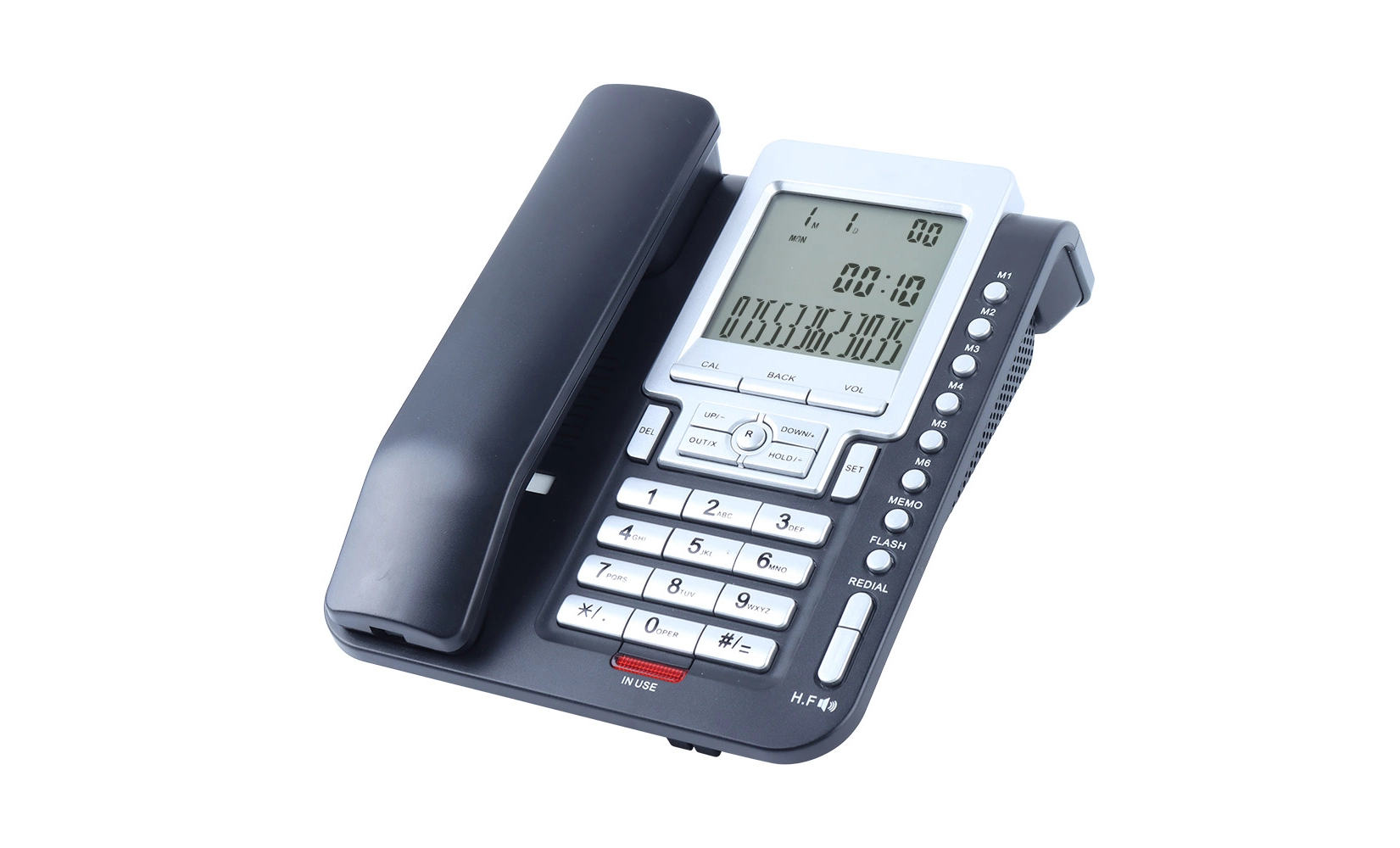Do antique telephones support hands-free calling?
Antique telephones, cherished for their nostalgic charm and historical significance, typically do not support hands-free calling. These vintage communication devices were designed in an era before the advent of modern speakerphone technology. The classic antique telephone model requires users to hold the handset to their ear for conversations, maintaining the authentic experience of early telecommunications. While some reproduction models may incorporate modern features, genuine antique telephones preserve the original design and functionality, focusing on the tactile and auditory experience of traditional phone calls rather than hands-free convenience.
The Evolution of Telephone Technology: From Antique to Modern
The journey of telephone technology from its inception to the present day is a fascinating tale of innovation and progress. Antique telephones, with their ornate designs and mechanical components, represent the early stages of this evolution. These early models, often featuring rotary dials and heavy bakelite handsets, laid the groundwork for the communication revolution we experience today.
The Birth of the Telephone
Alexander Graham Bell's invention of the telephone in 1876 marked the beginning of a new era in communication. The first telephones were simple devices, consisting of a transmitter, receiver, and a single wire connecting them. These early models required operators to manually connect calls, a far cry from the automated systems we use today.
The Rise of Rotary Dial Telephones
The introduction of the rotary dial in the early 20th century was a significant leap forward. This innovation allowed users to dial numbers directly, eliminating the need for operator assistance for every call. Antique rotary telephones, with their distinctive circular dials and clicking sound, became iconic symbols of mid-century communication.
The Transition to Touch-Tone
The 1960s saw the introduction of touch-tone dialing, which used audible tones instead of pulses to transmit numbers. This technology paved the way for more advanced features and services, including the first steps towards automated systems and voicemail.
The Appeal of Antique Telephones in the Modern Era
Despite the rapid advancement of telecommunications technology, antique telephones continue to captivate enthusiasts and collectors alike. Their enduring appeal lies in a combination of aesthetic beauty, historical significance, and the tangible connection they provide to a bygone era.
Aesthetic Value and Decorative Appeal
Antique telephones are often prized for their exquisite craftsmanship and design. From elegant candlestick models to art deco-inspired desk phones, these pieces serve as stunning decorative elements in both residential and commercial spaces. The rich materials used in their construction, such as brass, wood, and bakelite, add a touch of luxury and warmth to any interior.
Historical Significance and Educational Value
For history enthusiasts and educators, antique telephones offer a tangible link to the past. These devices provide insight into the technological advancements of their time and the social changes that accompanied them. Museums and historical societies often feature antique telephones in their exhibits, allowing visitors to experience firsthand the evolution of communication technology.
The Nostalgia Factor
For many, antique telephones evoke a sense of nostalgia, reminiscent of a time when communication was more deliberate and personal. The act of dialing a rotary phone or hearing the distinctive ring of a vintage bell can transport users to a different era, offering a brief respite from the constant connectivity of modern life.
Integrating Antique Telephones into Modern Spaces
While antique telephones may lack modern features like hands-free calling, they can still be integrated into contemporary settings in creative and functional ways. Their unique charm and historical significance make them valuable additions to various environments.
Decorative Use in Home and Office Decor
Antique telephones can serve as striking focal points in interior design. Placed on a side table in a living room or displayed prominently in a home office, these vintage pieces add character and a touch of whimsy to modern spaces. Their intricate details and classic designs contrast beautifully with sleek, contemporary furnishings.
Functional Use with Adapters
For those who wish to use antique telephones for more than just decoration, adapters are available that allow these vintage devices to connect to modern telephone systems. While they won't offer hands-free capabilities, they can provide a unique and enjoyable calling experience, blending the charm of the past with the convenience of modern telecommunications.
Incorporating Antique Telephones in Themed Establishments
Restaurants, hotels, and other businesses with vintage or retro themes can use antique telephones to enhance their atmosphere. These pieces not only serve as authentic decor but can also be functional, offering guests a novel experience that aligns with the establishment's theme.
Conclusion
While antique telephones may not support hands-free calling, their enduring appeal lies in their historical significance, aesthetic beauty, and the unique experience they offer. These vintage communication devices continue to fascinate collectors, decorate homes and businesses, and provide a tangible link to the history of telecommunications. As we embrace ever-advancing technology, antique telephones remind us of the origins of our connected world, offering a moment of reflection on how far we've come and the simpler communication methods of the past.
Antique telephone with OEM/ODM from top factory suppliers | CHEETA
CHEETA, a leading manufacturer of antique telephones, combines historical craftsmanship with modern production techniques. With 18+ years of OEM/ODM experience, our 1,200㎡ factory employs 100+ skilled workers and 10 senior engineers, producing 1,000 analog units daily. Our antique telephone collections range from European-inspired floral designs to mid-century Bakelite rotary models, each reflecting a unique era of communication history.
CHEETA's products meet CE, RoHS, FCC, and UN38.3 regulations, ensuring quality and reliability. Whether you're seeking authentic rotary dial units, retro desk telephones, or decorative landline devices, CHEETA offers a wide range of options to suit your needs. For more information about our telephone products, please contact us at allen@cheeta.com.cn.
References
1. Fischer, C. S. (1992). America calling: A social history of the telephone to 1940. University of California Press.
2. Proffitt, B. (2016). The Golden Age of the Telephone. IEEE Spectrum, 53(4), 44-47.
3. Young, P. (2003). The telephone: Its history and impact on daily life. McFarland & Company.
4. Huurdeman, A. A. (2003). The worldwide history of telecommunications. John Wiley & Sons.
5. Brooks, J. (1976). Telephone: The first hundred years. Harper & Row.

Kindly inform us your interested product and your detailed requirement, so that we can give you a best suggestion.

Shenzhen Cheeta Technology Co., Ltd – Leading Communication Telephone Manufacturer



